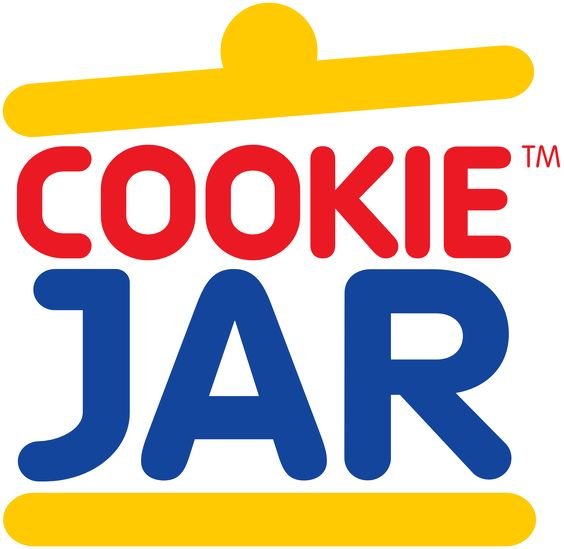From Cinar Films to Cookie Jar: The Evolution of a Media Powerhouse
DHX Cookie Jar Inc. has undergone a fascinating transformation since its inception as Cinar Films Inc. in 1976. Initially founded in Montreal, Cinar Films quickly carved a niche for itself in the realm of children’s entertainment. With a visionary approach, Cinar Films was committed to creating high-quality, educational, and entertaining content for young audiences. This commitment soon translated into a string of successful animated series that resonated with both children and parents alike.
One of the pivotal figures in Cinar’s early days was founders Micheline Charest and Ronald A. Weinberg. Their leadership and strategic vision were instrumental in propelling the company forward. Under their stewardship, Cinar Films produced notable projects such as “Arthur,” “Caillou,” and “The Busy World of Richard Scarry,” which not only garnered critical acclaim but also secured international distribution deals, significantly expanding the company’s reach.
Despite these successes, the early 2000s brought challenges that led to a rebranding phase. In 2004, Cinar Films was rebranded as Cookie Jar Entertainment Inc., signaling a new era for the company. This rebranding was not merely cosmetic but also strategic, enabling the company to diversify its portfolio and enter new markets. Cookie Jar Entertainment continued to build on its predecessor’s legacy, producing well-received shows like “Johnny Test” and “Inspector Gadget.”
The evolution continued when Cookie Jar Entertainment became part of DHX Media in 2012. This acquisition was a strategic move that positioned the company as a formidable entity in the animation and distribution sectors. Under the DHX Media umbrella, DHX Cookie Jar Inc. expanded its production capabilities and further solidified its status as a media powerhouse. The company’s extensive library of beloved children’s shows, combined with DHX Media’s robust distribution network, allowed for an even greater global reach.
In summary, the journey from Cinar Films to DHX Cookie Jar Inc. is a testament to strategic foresight, adaptability, and a sustained commitment to quality children’s entertainment. This evolution not only highlights the company’s resilience but also underscores its significant impact on the media industry, particularly in the realm of animated content for younger audiences.
Business Model and Market Impact: Cookie Jar’s Journey to Success
DHX Cookie Jar Inc. emerged as a significant player in the children’s television market through a series of strategic business moves that capitalized on licensing and educational content. One of the core strategies that propelled the company to success was its innovative approach to licensing properties into educational markets. This approach was not only a revenue driver but also established the company as a trusted name in children’s programming.
By the late 1990s, Cookie Jar had carved out a substantial market share, with its value reaching an impressive CDN$1.5 billion by 1999. This was largely due to their ability to secure licensing deals that extended the reach of their properties beyond traditional entertainment venues. The integration of educational content into their portfolio allowed them to tap into schools and educational institutions, creating a sustainable revenue model that extended beyond typical broadcasting revenues.
Educational programming became a cornerstone of Cookie Jar’s business model. Shows like “Arthur” and “Caillou” not only gained popularity among young audiences but also found their way into classrooms and educational settings. This dual-market appeal ensured a steady stream of income and reinforced the company’s reputation for producing quality, educational content. This strategy also provided a buffer against the volatility of the entertainment market, ensuring long-term stability and growth.
The broader implications of Cookie Jar’s business model on the media and entertainment industry are significant. By prioritizing educational content, the company influenced other players in the market to consider the educational value of their programming. This shift had a ripple effect, promoting a trend where educational content became a viable and profitable segment within children’s programming. Cookie Jar’s success showcased the potential for merging entertainment with education, inspiring other companies to adopt similar strategies.
In essence, DHX Cookie Jar Inc.’s success can be attributed to its innovative business strategies that effectively leveraged licensing and educational content, creating a robust and sustainable model that left a lasting impact on the children’s television market and the broader media industry.
